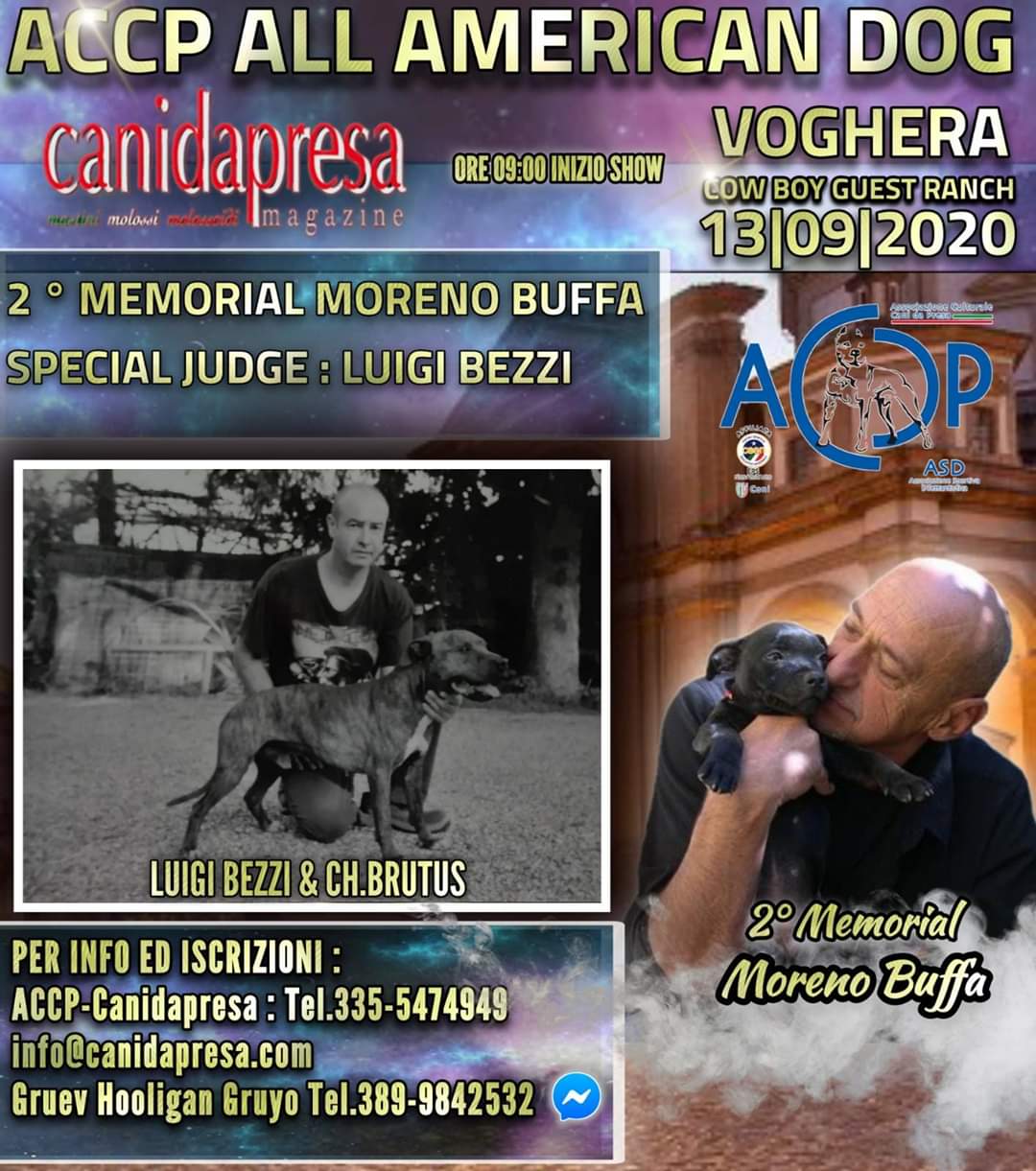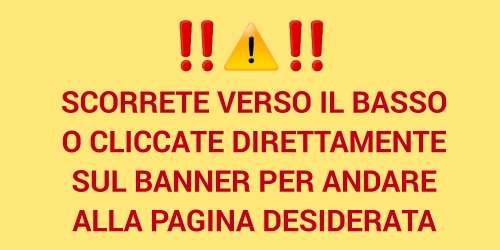 |
   .jpg) |  |
      
|
 |
12/07/2010
DOGUE DE BORDEAUX The first official appearance of this breed with the current name of dogue de bordeaux was in 1863, in Paris, during the first French dog show. DOGUE DE BORDEAUX “Smoothed” by a selection that from decades has escaped the primary employments of the old dogue, today this molosser is usually calm and very sociable. Even so it hasn’t lost its watching instinct, watch that is done most of all as a deterrent, thanks to its massive size. For a molosser lover it is hard to remain indifferent in front of a dogue de bordeaux: its mighty and muscular body, its huge and wrinkled head, the proud and hard look. In short, a molosser with the capital M. And equally hard is to not fall in love with the dogue de bordeaux puppies: big blue eyes, wrinkled little heads and nice chubby bodies. Looking at them today, "smoothed" by a selection that for decades has escaped the primary use of the old dogue, it is often hard to believe that they are the direct descendants of the famous "Matador du Midi", of which has been handed down the fame of gladiator. But what is, in synthesis, the history of the dogue the bordeaux? An important history It is one of the most ancient French dogs, descendant of the great dane and especially of the great dane greyhound of which Gaston Phébus wrote in the XIV century, in his more than once cited "Livre de chasse": "its bite has a clutch that is more powerful that the one of three greyhounds put together". The word "dogue", meaning mastiff, appears only at the end of the XIV century. There is a series of information about these mastiffs in the XIX century, even though they were uncommon except in Aquitaine. Their employment went from big game hunting, boars above all, to the house and cattle watch, to the pulling of the butchers' carts and, occasionally, fighting. The first official appearance of this breed with the current name of dogue de bordeaux was in 1863, in Paris, during the first French dog show. The first standard was drawn by Pierre Megnin but this fact must not bring the idea that there was an actual morphological uniformity. There were instead subjects with big heads and others with fairly smaller heads, some were mighty and tough, others were lighter and more agile. These ancient mastiffs can be divided into three general categories depending on the region of origin. The parisien could be prognathous or not, with few stop and, usually, had a very changeable aspect. The toulousain had a great coat colour variability, long body and relatively thin bones with large head and less stop than the current dogue. The bordelais was very similar to today’s dogue de bordeaux standard. It was also common a sort of miniature dogue (maybe a crossbreeding between a bulldog and a true dogue de bordeaux) known as the “doguin”. In 1926, Bares, a painter in Bordeaux, founded the breed club. The breed, which after World War II risked extinction, beginning from the ’60 began its growth and expansion all over the world. The dogue today Nowadays the dogue de bordeaux is generally a calm and very sociable dog which, anyway, hasn’t lost its watching instinct, watch that is done most of all as a deterrent, thanks to its massive size. Anyway, if the situation requires it and the dogue senses an actual danger for its owner, the reaction is resolute and determined. Even if it’s a well-balanced and reliable dog, because of its size it is important to give to the puppy, beginning from the sixth month of age, a basic education. A correct education will indeed allow to manage “gracefully” such an important size, other than consolidate the dog-owner relationship and the friendship among the two. A great companion in the end, which has anyway to be respected for his temper and his massive and heavy structure. Extremely attached to its owner, will be grateful to him for a quiet walk, but if you like jogging or trekking “forget him” while he sleeps in the garden…he will thank you for sure!!  |
 |
 
ARTICLE
  MAGAZINE   ACCP News  ACCP Library  ACCP Document   NEWS   APPOINTMENT   VIDEO   PROMOTION   DOG SHOWS - ENTRY FORM   NEWSLETTER   CHAT   CONTACT US   VERSIONE ITALIANO         |
||
KALEIDOS srl  info@canidapresa.com info@canidapresa.com  Tel. 0161.478283 Tel. 0161.478283  P.IVA 09372180019 P.IVA 09372180019
 N. REA: To - 1046522 N. REA: To - 1046522
 Capitale sociale: euro 10.000 i.v. Capitale sociale: euro 10.000 i.v.
|
||||||











